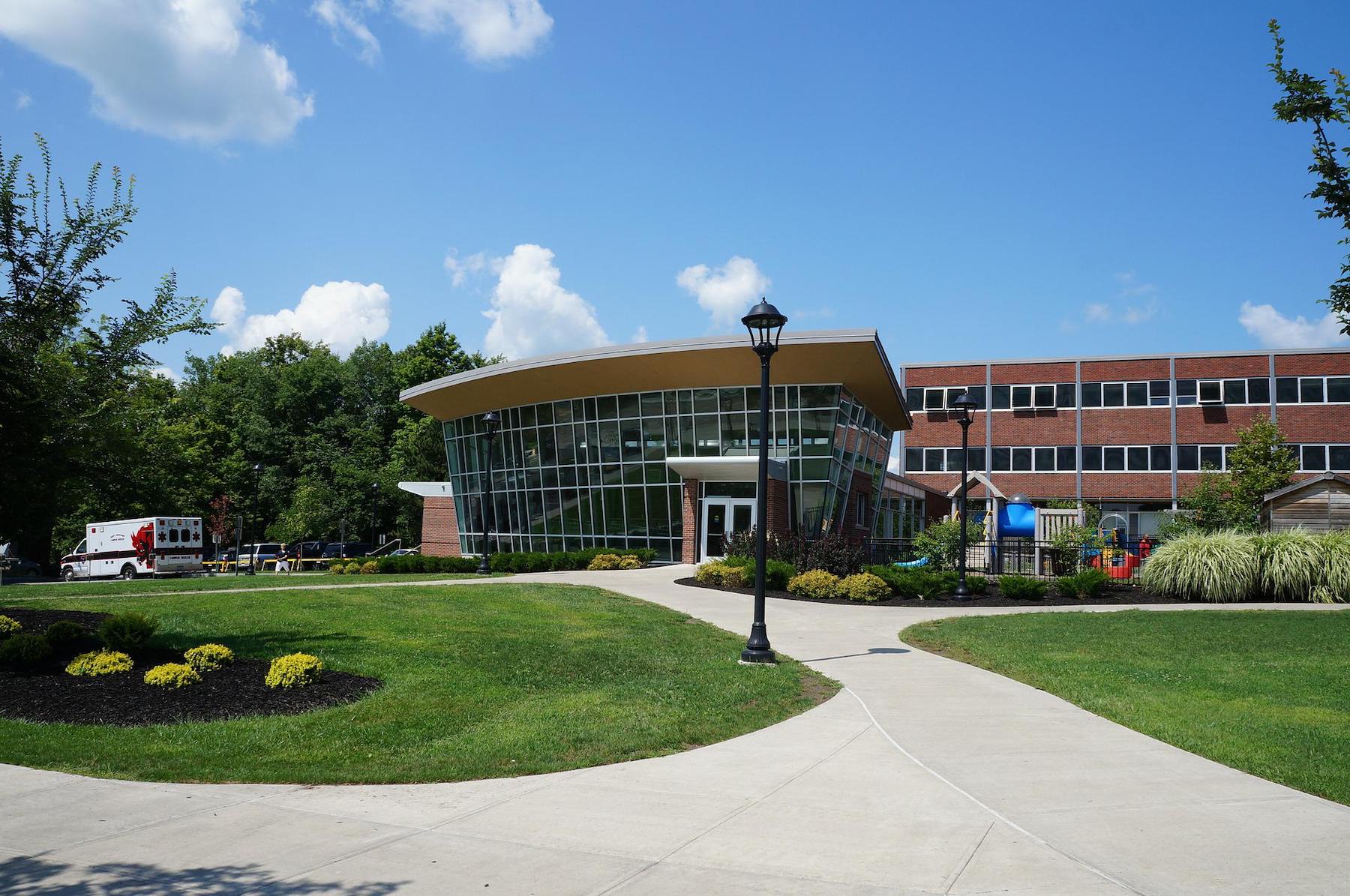The higher education residential sector will have to add 45,000 beds by the end of 2022 to keep pace with demand, according to a report by Humphreys & Partners Architects.
Higher-ed residences had 97% occupancy in fall 2021, with rents up by 3%, the report says. In 2022, Humphreys expects similar number for lease up and rents. The number of students living off campus spiked in fall 2020 after the roll out of safety guidelines and restrictions in response to COVID-19.
The report cites the following design trends in student housing:
- Walkability and proximity to campus is prized along with on-site and mixed-use components.
- Less parking per bed with more pedestrian-and bike-friendly cities.
- Going vertical on small sites is common due to land scarcity and skyrocketing land costs.
- Equal bed-to-bath ratios are the norm.
- Resort-style amenities such as lush pool-decks, lounges, and on-site laundry are desired.
- Dynamic study spaces from pods and booths to entire dedicated floors are in demand.
Related Stories
| Aug 11, 2010
Fleet Library, Rhode Island School of Design
When tasked with transforming an early 1920s Italian Renaissance bank building into a fully functional library for the Rhode Island School of Design, the Building Team for RISD's Fleet Library found itself at odds with the project's two main goals. On the one hand, the team would have to carefully restore and preserve the historic charm and ornate architectural details of the landmark space, d...
| Aug 11, 2010
Cronkite Communication School Speaks to Phoenix Redevelopment
The city of Phoenix has sprawling suburbs, but its outward expansion caused the downtown core to stagnate—a problem not uncommon to other major metropolitan areas. Reviving the city became a hotbed issue for Mayor Phil Gordon, who envisioned a vibrant downtown that offered opportunities for living, working, learning, and playing.







